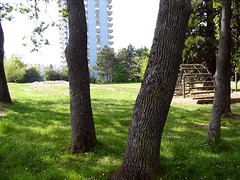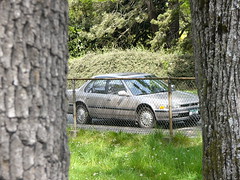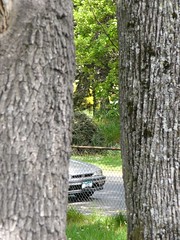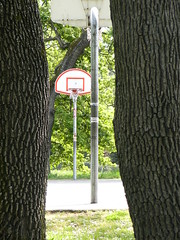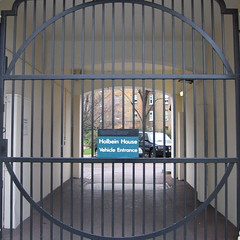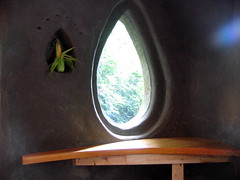Glimpse:
- A type of photograph consisting of a glimpse, a frame, and a background scene. There may also be a foreground.
- That area of a photograph which is partially or completely surrounded by the frame and offers a view of the background scene.
The glimpse is the 'point of interest' of a Glimpse photo. It is the most important area of the photo and should be in clear focus (or at least clear enough to recognize details).
Frame:
An object (or objects) in a photo that obscures most of the background scene. Frames may be of any material and take up approximately two thirds of the viewable area of a photo.
The Subject or 'focus of attention' or 'object of study' is the Glimpse rather the Frame. The Frame is vital to a glimpse photograph but it can never be the subject of one.
Subject:
The subject of a glimpse can be almost anything. Partial views of landscapes or cityscapes make great glimpses. Singular objects such as people, animals, buildings, and plants can make good subjects if they are far enough from the frame that the background scene is visible.
Subjects that are too close to the frame interrupt our view of the whole glimpse.
